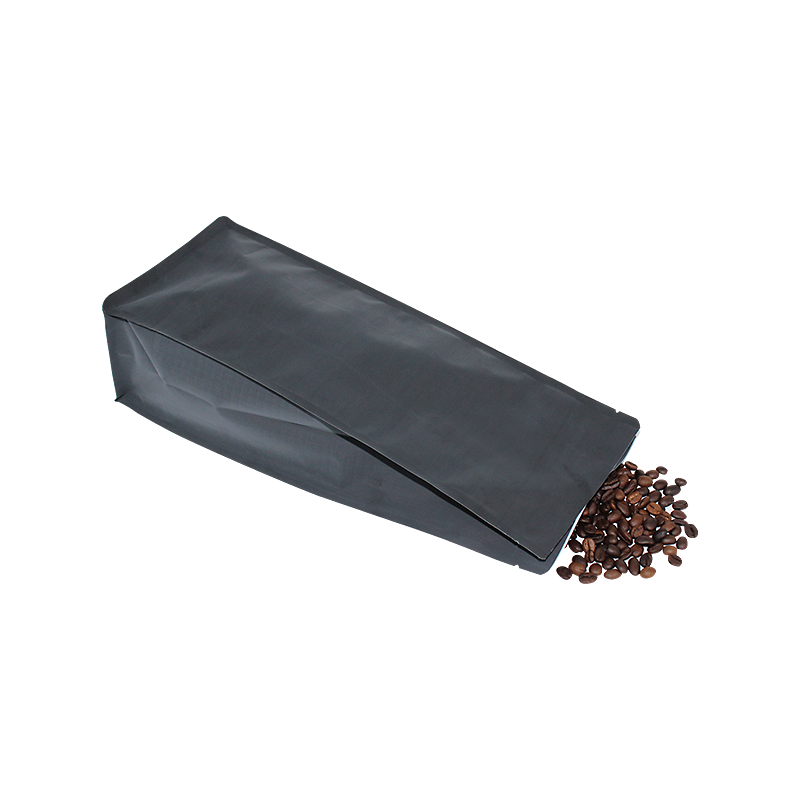- Afrikaans
- Albanian
- Amharic
- Arabic
- Armenian
- Azerbaijani
- Basque
- Belarusian
- Bengali
- Bosnian
- Bulgarian
- Catalan
- Cebuano
- chinese_simplified
- chinese_traditional
- Corsican
- Croatian
- Czech
- Danish
- Dutch
- English
- Esperanto
- Estonian
- Finnish
- French
- Frisian
- Galician
- Georgian
- German
- Greek
- Gujarati
- haitian_creole
- hausa
- hawaiian
- Hebrew
- Hindi
- Miao
- Hungarian
- Icelandic
- igbo
- Indonesian
- irish
- Italian
- Japanese
- Javanese
- Kannada
- kazakh
- Khmer
- Rwandese
- Korean
- Kurdish
- Kyrgyz
- Lao
- Latin
- Latvian
- Lithuanian
- Luxembourgish
- Macedonian
- Malgashi
- Malay
- Malayalam
- Maltese
- Maori
- Marathi
- Mongolian
- Myanmar
- Nepali
- Norwegian
- Norwegian
- Occitan
- Pashto
- Persian
- Polish
- Portuguese
- Punjabi
- Romanian
- Russian
- Samoan
- scottish-gaelic
- Serbian
- Sesotho
- Shona
- Sindhi
- Sinhala
- Slovak
- Slovenian
- Somali
- Spanish
- Sundanese
- Swahili
- Swedish
- Tagalog
- Tajik
- Tamil
- Tatar
- Telugu
- Thai
- Turkish
- Turkmen
- Ukrainian
- Urdu
- Uighur
- Uzbek
- Vietnamese
- Welsh
- Bantu
- Yiddish
- Yoruba
- Zulu
linear ft conversion
Understanding Linear Foot Conversion A Practical Guide
When embarking on a home improvement project, a common question arises How many linear feet do I need? Whether you're renovating your kitchen, building a fence, or installing new flooring, understanding linear feet is crucial for accurate measurements and budgeting. This article will delve into what linear feet are, how to convert them, and tips for measuring effectively.
What are Linear Feet?
Linear feet, often abbreviated as lf or lin. ft., refers to a unit of measurement that represents a straight line. Unlike square footage, which takes into account both length and width, linear feet solely focus on one dimension length. This makes it especially useful when measuring long, straight objects such as boards, pipes, or cables. To calculate linear feet, simply measure the length of the item in feet.
Why is Linear Feet Important?
Understanding linear feet is essential for a variety of reasons
1. Material Estimation When purchasing materials like lumber, fencing, or flooring, knowing how many linear feet you need helps you avoid buying too much or too little. This can save money and reduce waste.
2. Cost Calculation Many contractors and suppliers charge by the linear foot, so accurate measurements are crucial for obtaining accurate bids and estimates.
Converting to Linear Feet
Converting measurements to linear feet can be straightforward, but it requires understanding the relationship between various units. For example, if you're dealing with materials sold by the square foot, remember that to find linear feet, you must consider the width of the item.
linear ft conversion

Example Conversion If you have a piece of plywood that is 4 feet wide and you want to cover an area that is 100 square feet, first calculate how many linear feet of plywood you need
1. Divide the total area by the width \(100 \text{ square feet} ÷ 4 \text{ feet} = 25 \text{ linear feet}\).
This means you'll need 25 linear feet of plywood to cover the area.
Measuring Linear Feet
To accurately measure linear feet, here are some practical tips
1. Use the Right Tools A tape measure is your best friend when measuring distances. Ensure it’s a reliable tool, as accuracy is crucial.
2. Measure Straight Lines For items like fences or walls, measure straight lines without any curves or bends to get an accurate measurement.
3. Consider Angles If your project involves angles, like a staircase or custom shelving, break down the measurements into sections, measuring each straight segment before converting them all into linear feet.
4. Double Check Your Measurements It's easy to make mistakes, so always double-check your measurements before proceeding with purchases or construction.
Conclusion
In conclusion, understanding linear feet and how to measure and convert them is vital for anyone involved in construction or home improvement projects. Knowing how to calculate your needs in linear feet will not only help you save time and money but also ensure a smoother project execution. Whether you're a DIY enthusiast or a professional contractor, mastering linear foot conversion will significantly enhance your planning and execution capabilities. So the next time you're faced with a measurement challenge, remember the importance of linear feet, and you'll be well on your way to achieving your project goals with confidence.













